2025 – CHW
Roy Lancaster sends me a picture of our recent ‘happy gathering’ at the Hillier Arboretum with David Jewell.
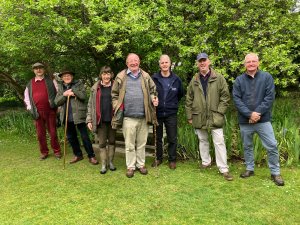
Mount Stewart is rightly said to be the greatest garden in Ireland. Largely the creation of Lady Edith Londonderry between 1921 and 1959 it today belongs to the National Trust and attracts 250,000 visitors a year. 18 gardeners and 160 acres. Mike Buffin, the head gardener and garden advisor for NT gardens in the north, showed us around.We lunched in the main house with Lady Rose Lauritzen who still lives with her husband in part of the house. The main Chinese influence on Lady Edith was not Forrest but Kingdom Ward. The rhododendron collection is aging and getting rather grown in especially after lockdown neglect and a major loss of labels. Much to do to start new clearings and remove saplings and increase overhead light. Mike gets this and, encouragingly, Mount Stewart has its own nursery growing replacement plants. We saw a huge bed of Rh. thomsonii grown from seed.The front of Mount Stewart House.
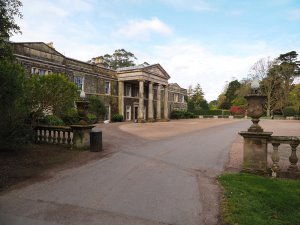
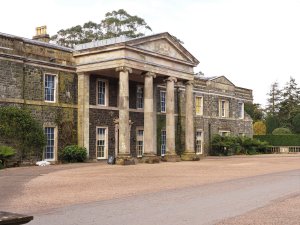
2023 – CHW
A long night without a sleeper car after the Garden Society Dinner in London and a Brightwater Holidays garden tour for 42. Then opera in the hall!
Holboellia latifolia ssp. chartacea grows from a single stem up into the top of the adjacent Camellia x williamsii ‘Delia Williams’. Easily the best flower I have ever seen on the any Holboellia species.
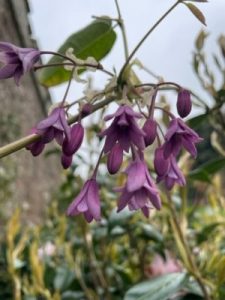
2022 – CHW
Steve Dance took this photograph of Camellia ‘Spring Festival’ (C. cuspidata x unknown pollen parent) at Rosemoor near Lady Anne Palmer’s former house. Has it been clipped into shape or does it just have a very erect and upright habit when mature? Jennifer Trehane’s book confirms that it does have an upright habit. Bred in California in 1976.
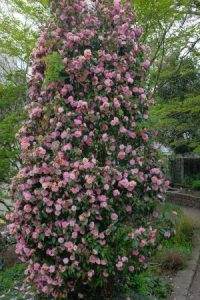
Spraying around the plants in Kennel close today Jaimie spotted:Carpinus tschonoskii producing its first ever flowers.
At last, the east wind has gone.
A session with Asia to pin down the names of the 16 camellias planted in 1977 behind Donkey Shoe that were cut down to reshoot six years ago. Perfect cutting material here for the autumn. Of the 16 only 11 have survived (one was moved) and the old plans take a bit of working out with the reference books to get the names of what are left absolutely right and labelled accordingly. One remains unlabelled and not on any of the plans and one of the reticulata varieties disliked being cut down and died. The other missing plants may have been killed off when those around them pinched all the light.
The government have very efficiently reimbursed us for the 80% of the wages paid last week to our staff who have been ‘furloughed’. Amazing that under all this pressure HMRC has performed miracles.Apparently the cost is already £4.5bn countrywide and there will be another month’s wages due in about four weeks’ time.No sign of the BBC letting anyone say ‘well done’ of course. The minute’s silence for deceased NHS workers held the headlines for yesterday.This is state totalitarianism but with benign intent which is something of a contradiction in terms. However I do wonder how many of those furloughed will actually find that they have jobs to come back to in the highstreets, catering and hospitality sectors. Social distancing will mean huge cuts in staff numbers.The tiny corner shops have had a bonanza and the supermarkets have tightened their grip on their monopoly of food sales but what of the rest of the food industry who supply the events and hospitality market? As with all draconian impositions there are winners and losers.Unemployment is projected to rise by five million and, it is claimed, that one in four small businesses will never reopen. ‘Deaths’ are impossible for politicians to countenance on their watch in an epidemic but it may yet be that herd immunity (as in Sweden) was the cheaper option and a far more realistic one for our economic future and wellbeing.Juniperus recurva var. ‘Coxii’ has made a beautiful tree tucked away in shelter behind some ‘Cornish Reds’. It is now available (cutting grown) in the nursery from Asia’s propagation which needs to continue.
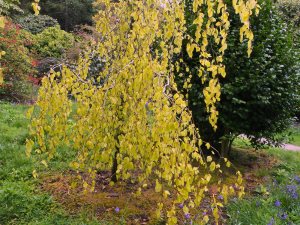
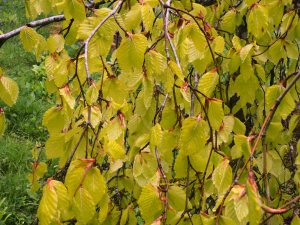
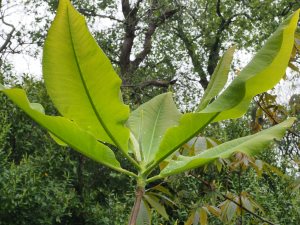
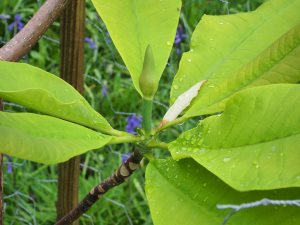
We spent some time trying to properly identify and then label the 100 or so camellias growing beside the drive between Top Lodge and Red Linney. It was not easy as some had completely finished flowering but we have got many of them sorted out for Karol’s proper labels.
This is a Camellia lutchuensis hybrid still with a few small double pink scented flowers and gorgeous bronzy-red new growth.
2019 – CHW
Part of today has been spent applying for a licence to shoot crows, magpies and pigeons (as well as Egyptian geese) which Natural England has, not very naturally, banned with no notice due to the intervention of Chris Packham and a few ‘naturally motivated’ extremists. One might have thought that a recognised presenter of BBC nature programmes might just have realised that shooting vermin might actually protect the rare and declining bird species which he makes his money filming and talking about. How stupid was that!
Anyway if anyone ever sees an Egyptian goose or a parrot in Cornwall they should of course apply for a licence at once. You can specify if you just want to kill it, destroy its nest eggs or its youngsters. Actually you can specify all three on the ‘Natural’ England form but why push your luck – any one of the three will do! It is a bit like applying for your driving licence and I may well not achieve “the standard (of killing) required by Her Majesty’s Government”.
The world has gone even madder than even non-Brexit could make it so here is a picture of an Aesculus chinensis just coming out into flower.
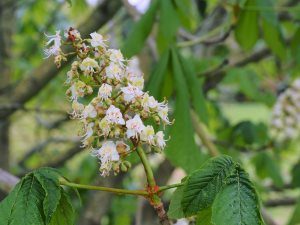
A visitation and tour from our Chelsea sponsors. A fine weekend and the garden at its best.Isla Rose breakfasting.
I thought this one growing below Slip Rail was Magnolia x brooklynensis ‘Hattie Cartham’ but now believe it is the rather similar Magnolia x brooklynensis ‘Evamaria’ when I look it up. We have both but I cannot think where the other one is at present.
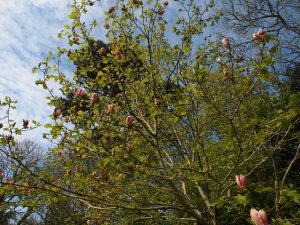
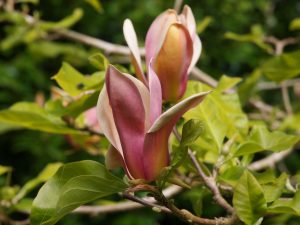
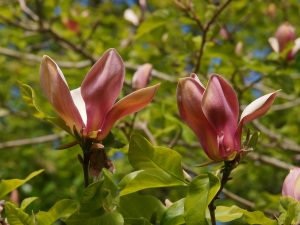
The gardeners have completed the cutting up of the huge beech tree which fell on top of Higher Quarry Nursery after about four days’ work for three of them. Enough fire wood for the castle for years. Surprisingly the trunk, which had split on impact, contained no rot at all. The strength of the north wind alone brought it down.
2015 – CHWOff to Tregrehan to photograph some more ‘Endangered in the Wild’ plants in the garden there and borrow a few rare plants for the Chelsea stand.Podocarpus matudae from Mexico and Guatemala fits this bill. As we look closely to photograph the mature plants Tom Hudson, the owner, notices large red fruits in two parts(pod and receptacle). Tom’s plants are both female but it turns out that there is a third younger plant nearby which must be a male. Perhaps a new first in the UK for this very rare and tender plant.
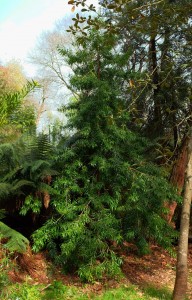
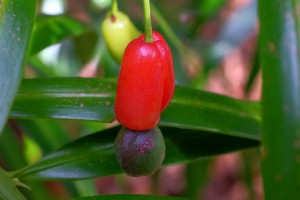
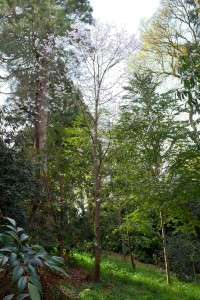
xylocarpum
No visit to Tregrehan would be complete without a viewing of Melliodendron xylocarpum. This tree has huge pinkish white star-like flowers many times the size of any styrax specie flowers. A must have plant for every woodland gardener.
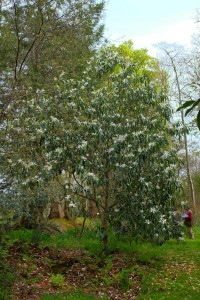
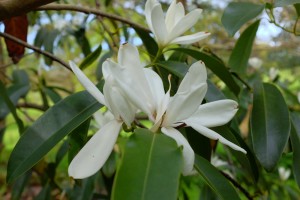
Michelia maudiae is in full flower as are many other species. We discuss the likelihood that at least two other named species are soon to be reclassified as forms of maudiae. If the naming of michelia species was always difficult this makes the problem worse. Tom’s Michelia floribunda is very different indeed to the 100 year old Caerhays plant which has much more of an orange tinge to its flowers than his.Tom’s collection of new tenderish Chinese/Vietnamese introductions is quite unique and nothing like it exists elsewhere in the UK.
Aesculus wangii is 20 feet tall. Ours is about four feet and we have lost three out of five planted out. Tom says it is very early into leaf and loses come from late frost.
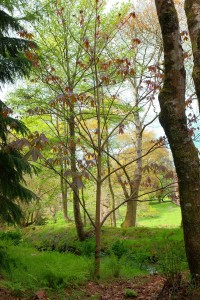
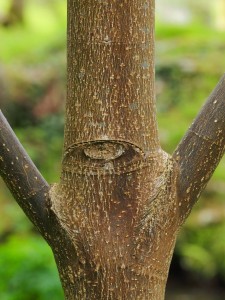
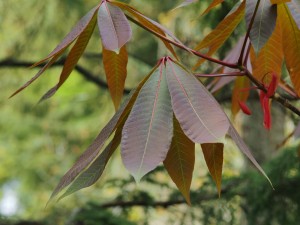
1951 – CW
Heavy hail showers. Michelia at its best but bruised. Davidsonianum very good and Maddeni’s coming out. Blue Tit and Yellow Hammer perfect. There have been 10 dry days and showers the last two days but very cold in the wind. Daffodils mostly over but still some Auklandii coming out.
1910 – JCW
Iris (Tubergon) at their best. Cherries over. Auklandii would be good but for hoar frost. Recurvas show colour. The last daffs opening. Maples good.
1909 – JCW
Cherries one third open, some good Fortunei. Blood Reds opening. Rhodo campylophytum hardly open, one pink fortunei x Auklandii. Some poets to open now.
1905 – JCW
Picked some L Sophelia in pots and very good seed. The daffs have nearly all gone. Recurvas seed to Dinton. Campylocarpum, thomsonii, auklandii etc open.
1904 – JCW
Carmine pillar opens a bud, several Auklandii’s and an Embothrium or two. Cherries good.
1902 – JCW
Heterocycla, Hemonis and Nigra have been moving for some time. Clematis montana open. Bardoa picked. Cornish Rhododendron going back.
1901 – JCW
I was at Appleshaw, the trumpets were nearly all over, the poets opening.
1897 – JCW
Picked my first pod of seed ripe, Triandrus indoors, Charles found some pink and some white May open. I found Heterocycla throwing up several shoots. Dalhousii opened and Edgeworthii.




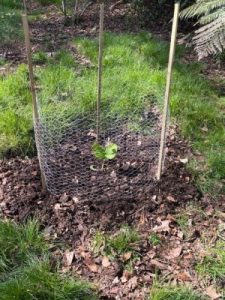
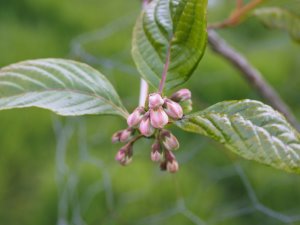
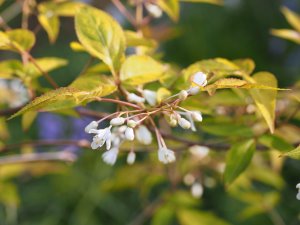
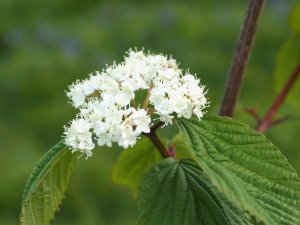
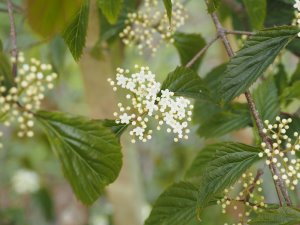
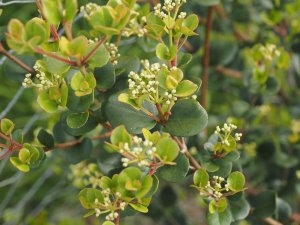
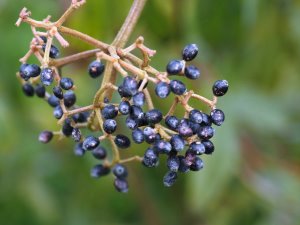
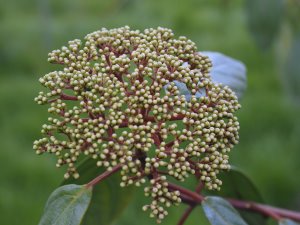
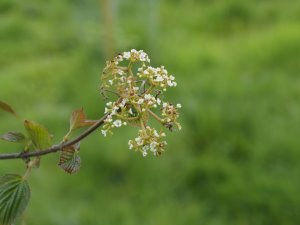
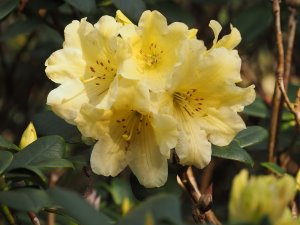
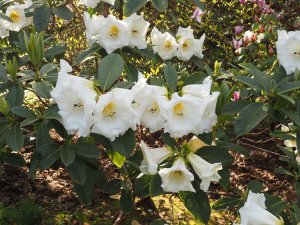
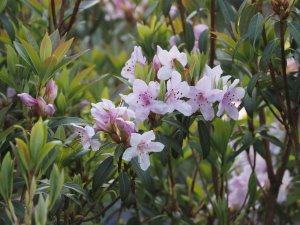
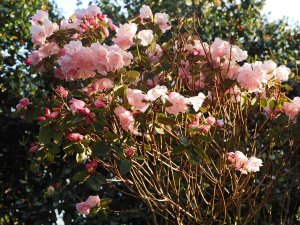
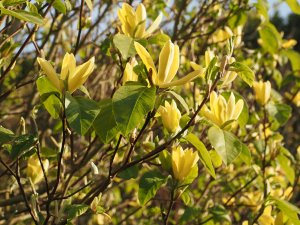
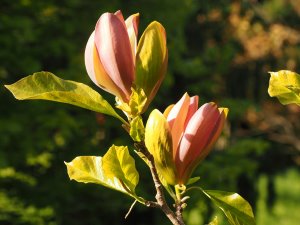
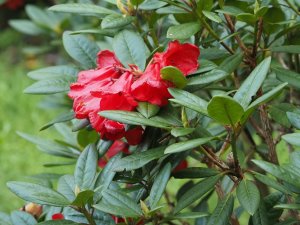
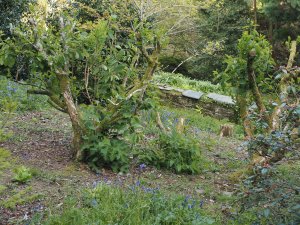
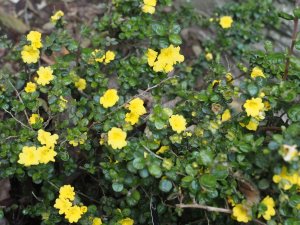
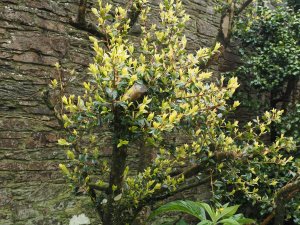
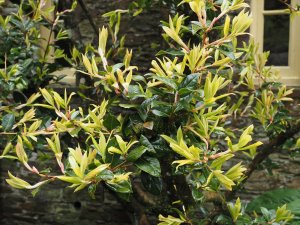
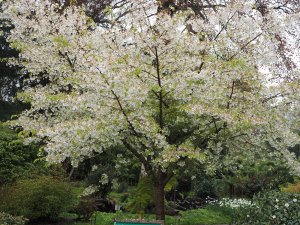
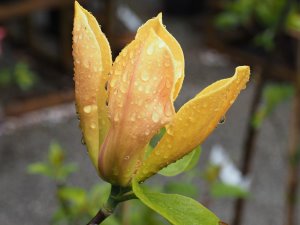
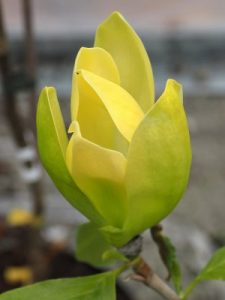
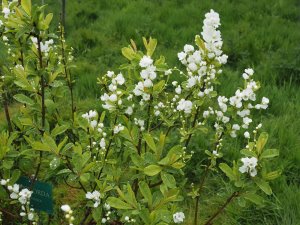
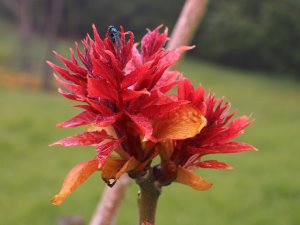
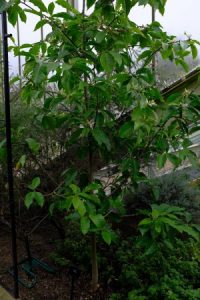
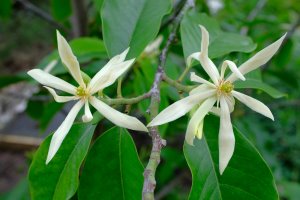
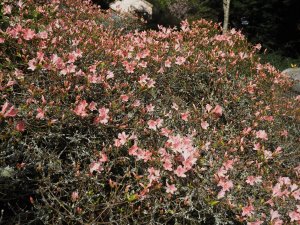
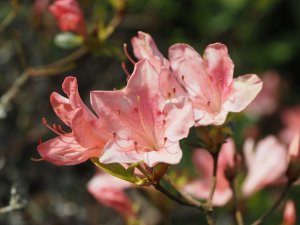
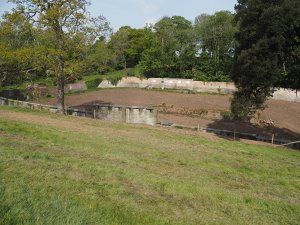
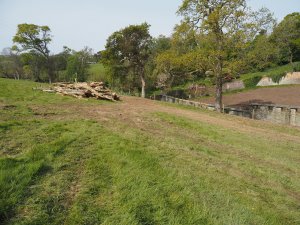
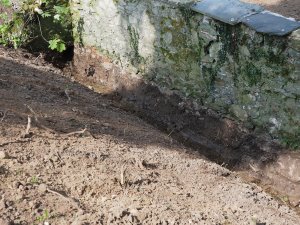
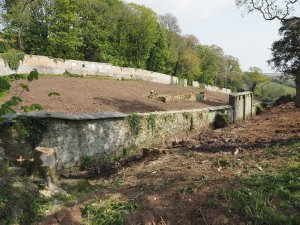
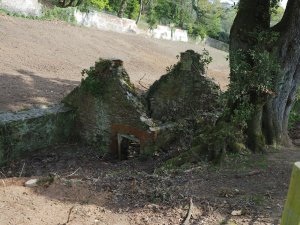
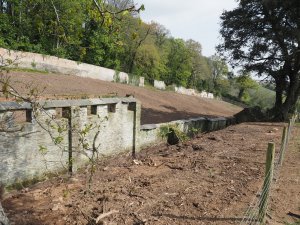
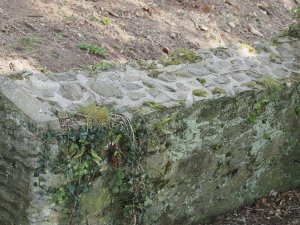
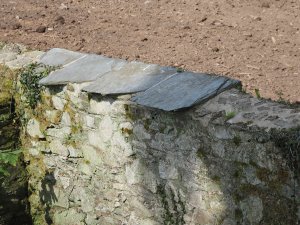

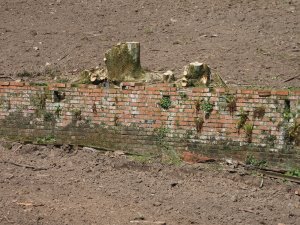
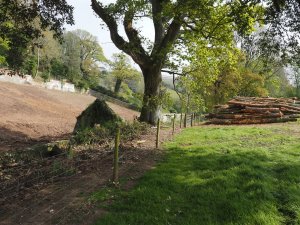
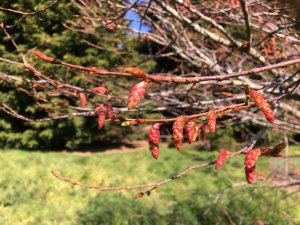
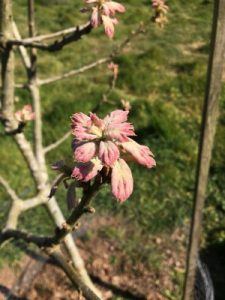
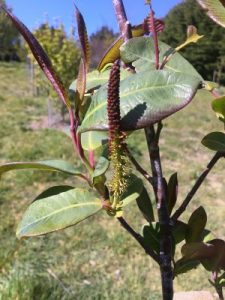
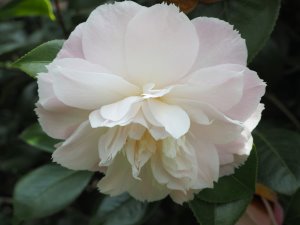
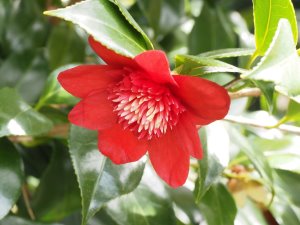
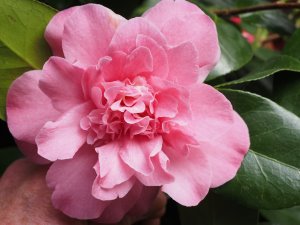
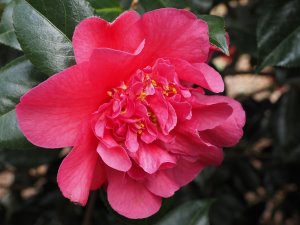
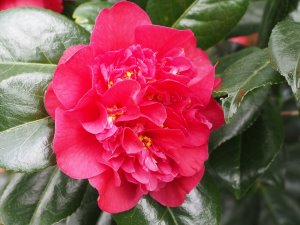
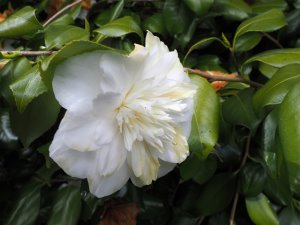
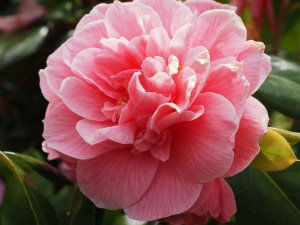

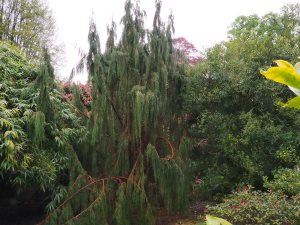
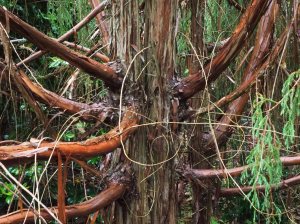

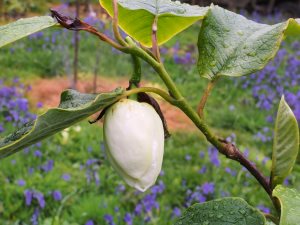
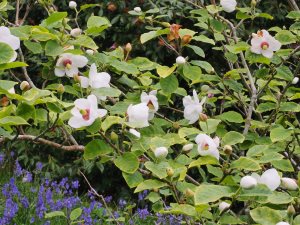
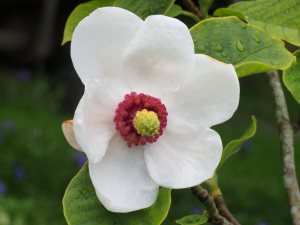
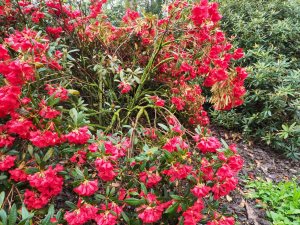
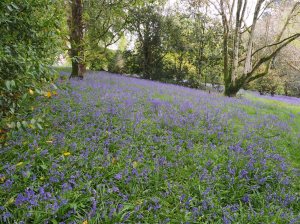
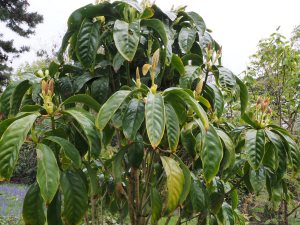
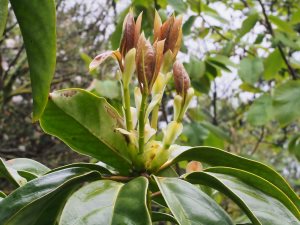
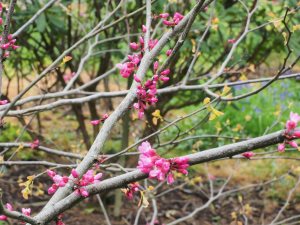
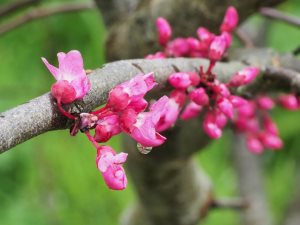
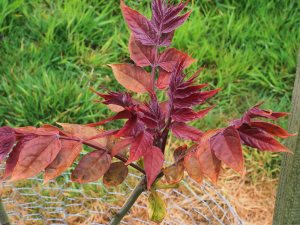
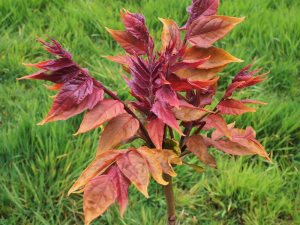
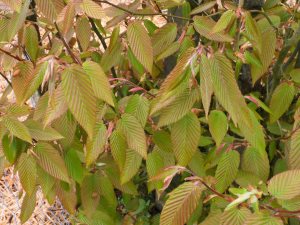
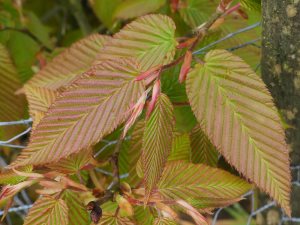
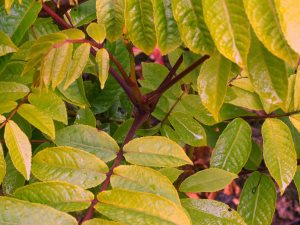
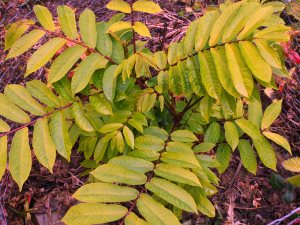
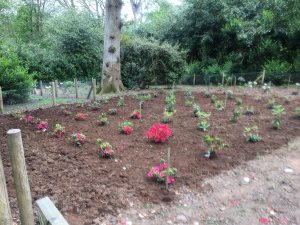
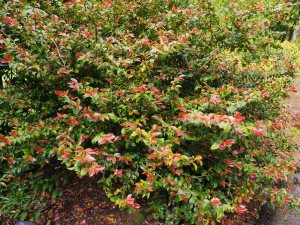
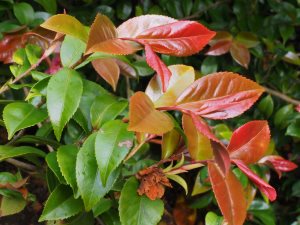
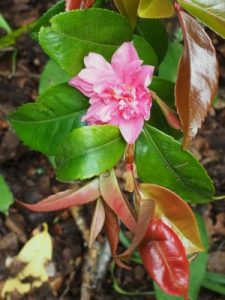
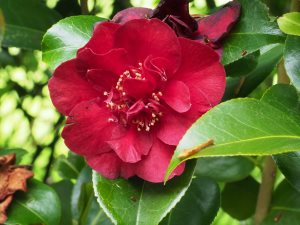
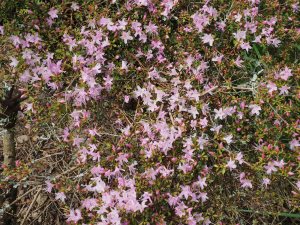
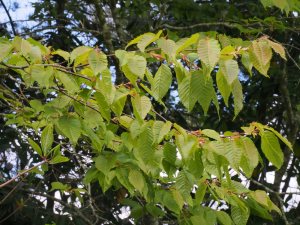
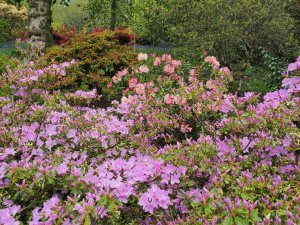

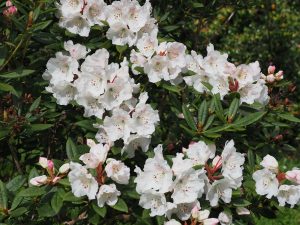
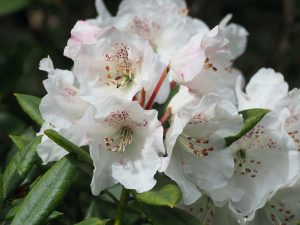
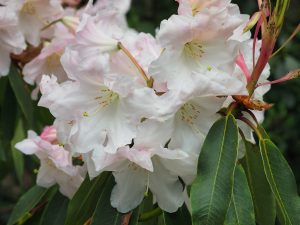
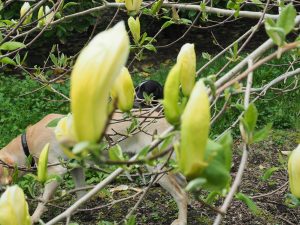
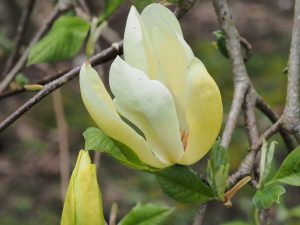
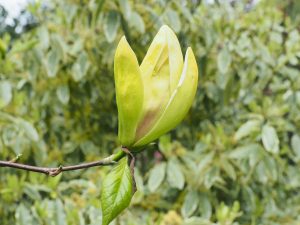
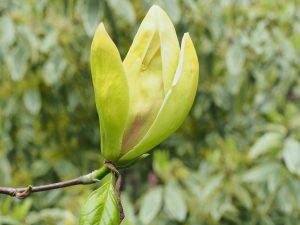
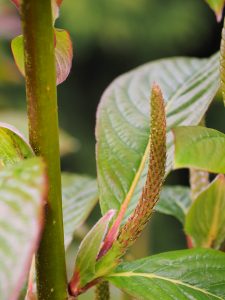
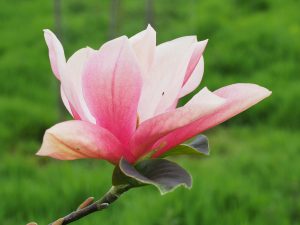
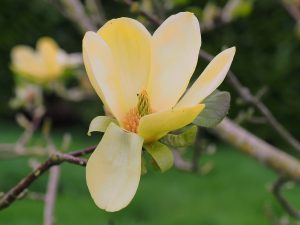
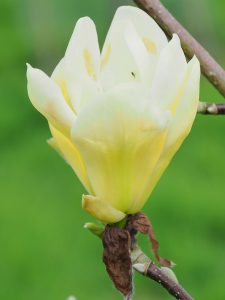
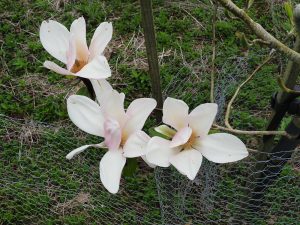
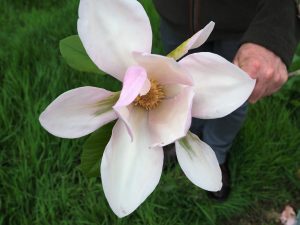
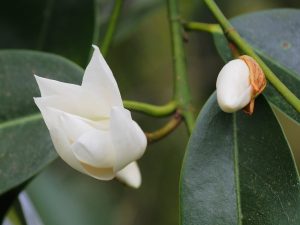
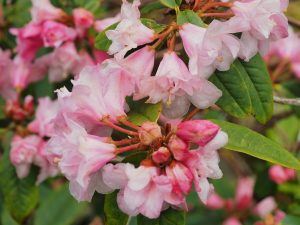
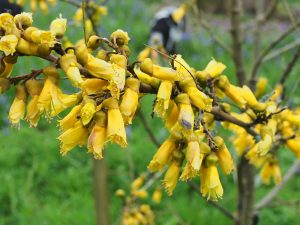
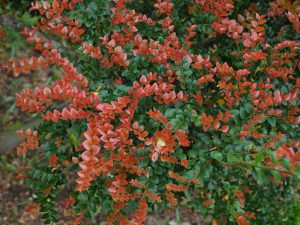
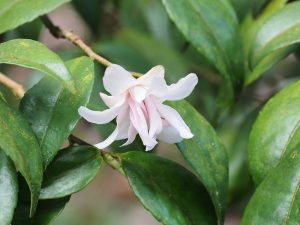
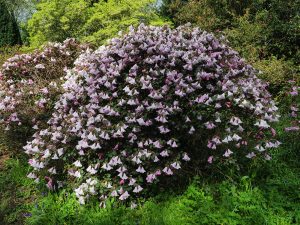
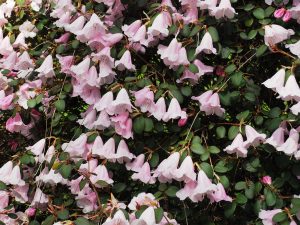
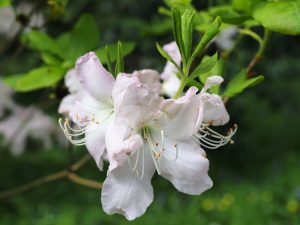
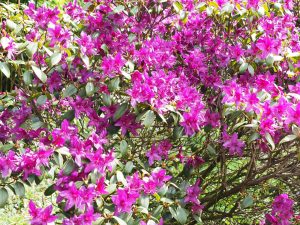
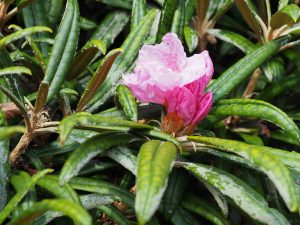
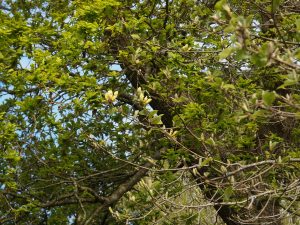
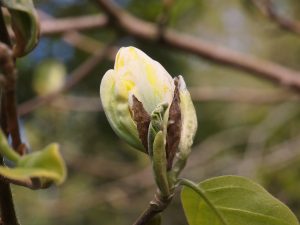
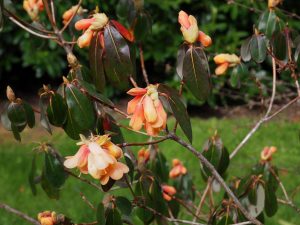
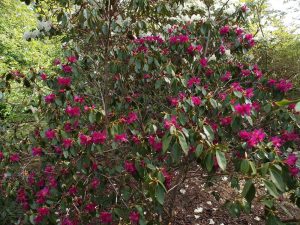
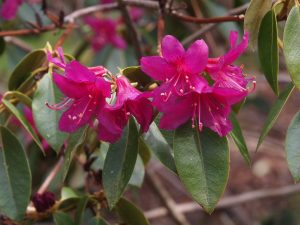
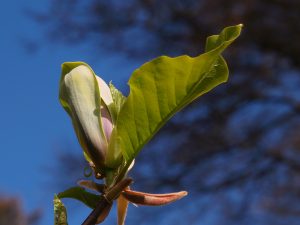
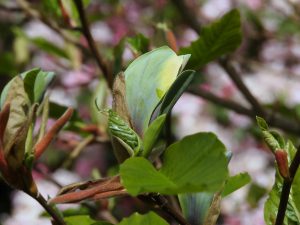
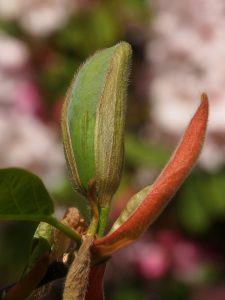
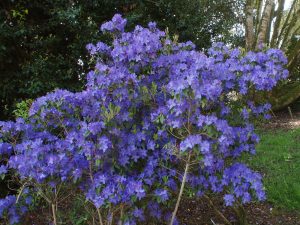
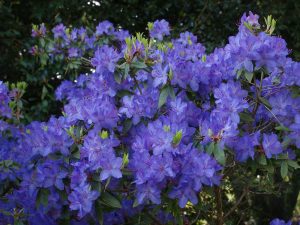
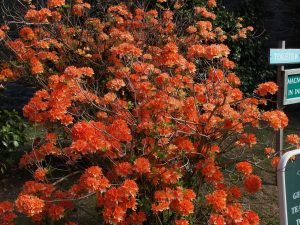
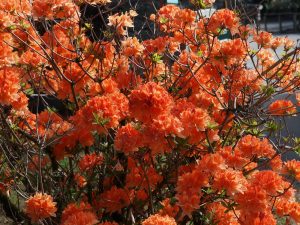
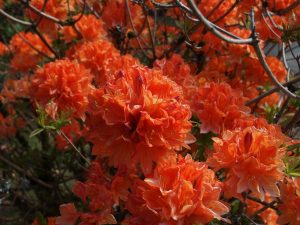
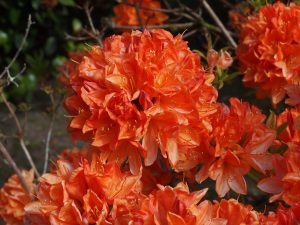
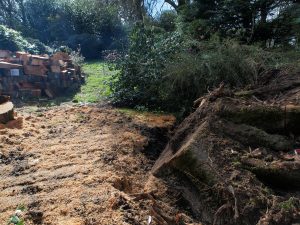
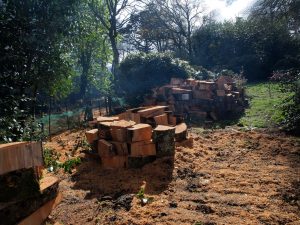
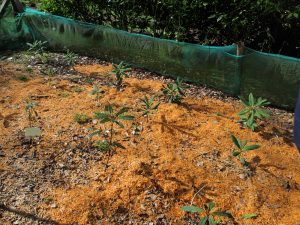
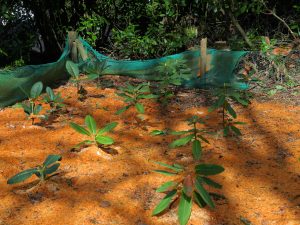
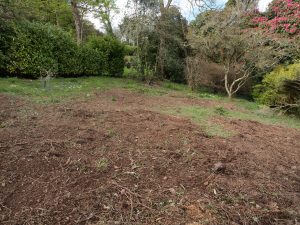
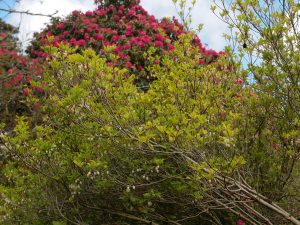
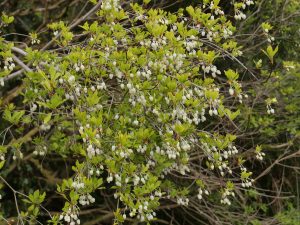
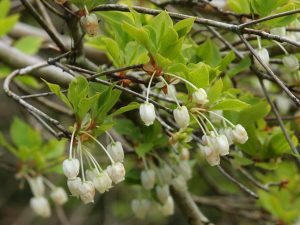
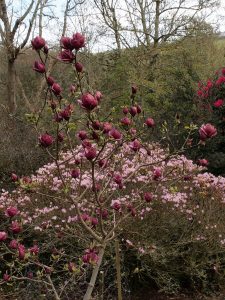
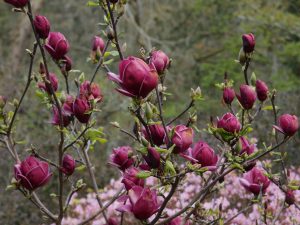
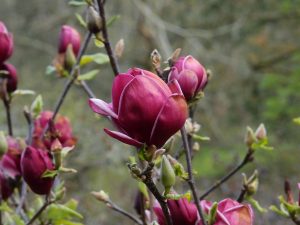
Camellia spring festival has a natural pyramid shape.
Ha – I have lost three out of three Aesculus wangii planted out!! what age does it start producing the monster conkers? is Tom’s anywhere near doing so I wonder…
He is here today so I will ask but no sign of flowers on his largest tree.